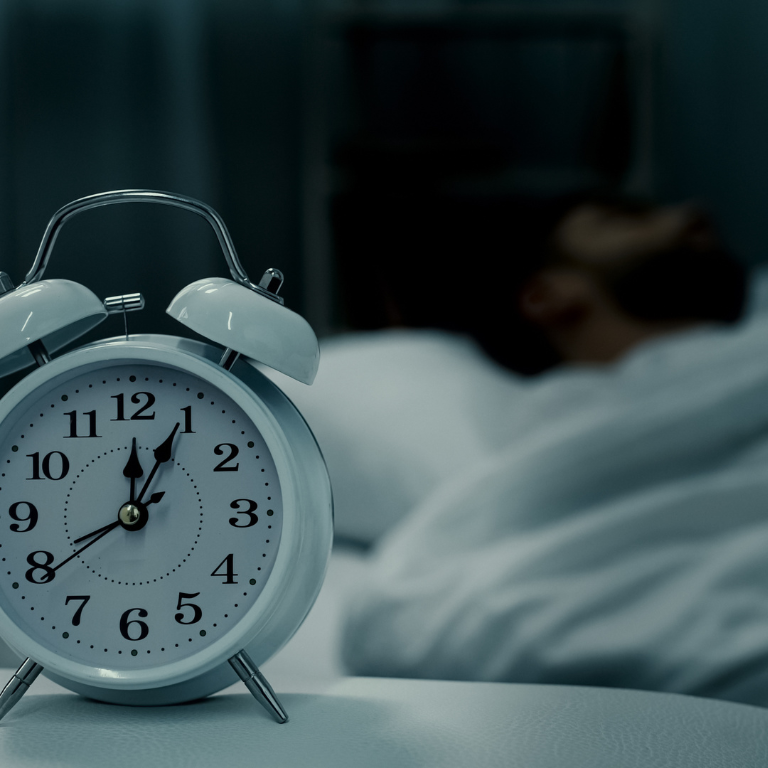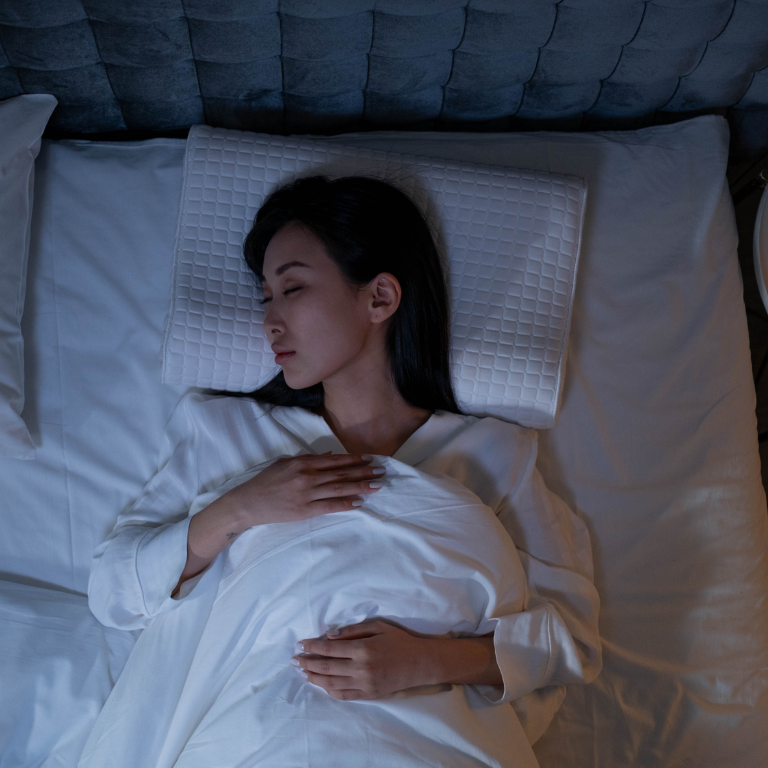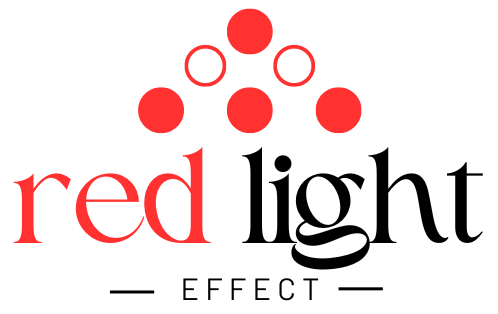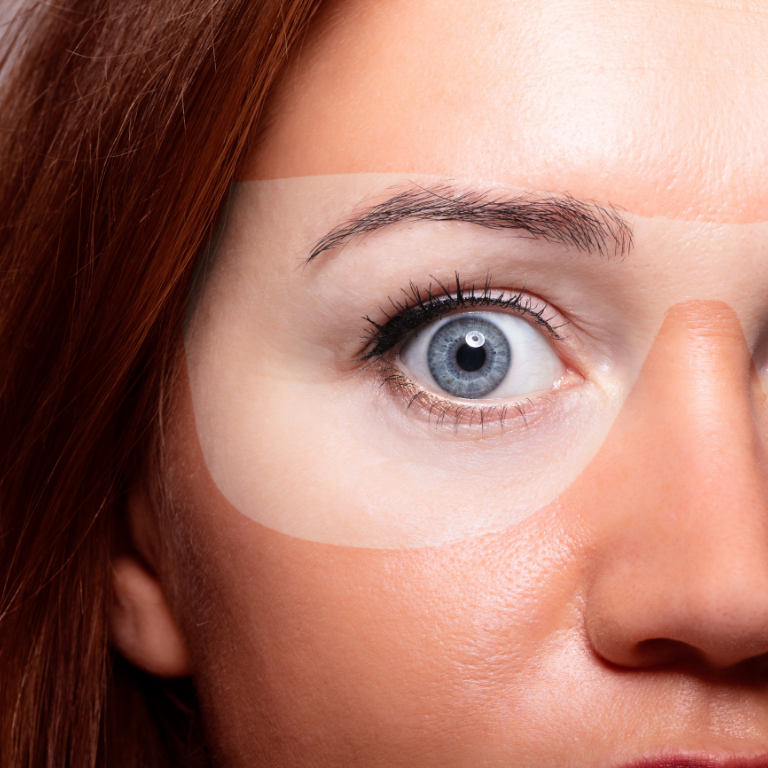Improving Sleep With Red Light Therapy


Getting enough quality sleep is crucial to maintaining good health and well-being. Unfortunately, many people struggle with sleep disorders or poor sleep quality, which can have a significant impact on their daily lives. Red light therapy is a promising new technique that has been shown to improve sleep quality. In this article, we will explore the science behind red light therapy and how it can be used to enhance the quality of your sleep.
What is Red Light Therapy?
Red light therapy, also known as photobiomodulation, is a form of treatment that uses low-level red light wavelengths to stimulate cellular processes in the body. The light is absorbed by the mitochondria, the powerhouses of our cells, and triggers a range of physiological responses. This includes the release of nitric oxide, a molecule that helps to improve blood flow and reduce inflammation.
The Benefits of Red Light Therapy
Red light therapy has been shown to have a range of benefits, including increased energy, reduced inflammation, improved circulation, and enhanced sleep quality. These benefits are thought to be due to the light’s ability to stimulate the production of ATP, a molecule that provides energy to cells.
How Red Light Therapy Improves Sleep Quality
The Role of Melatonin in Sleep
Melatonin is a hormone that regulates the sleep-wake cycle. It is produced by the pineal gland in response to darkness and helps to signal to the body that it is time to sleep. Melatonin levels typically increase in the evening and remain elevated throughout the night, gradually declining in the morning as daylight returns.
The Effect of Red Light Therapy on Melatonin
Studies have shown that red light therapy can help to increase melatonin production, which can improve sleep quality. This is because red light therapy stimulates the production of nitric oxide, which can help to increase blood flow to the pineal gland. This, in turn, can help to improve the production of melatonin.
Using Red Light Therapy to Improve Sleep
Types of Red Light Therapy Devices
There are several types of red light therapy devices available, including light panels, handheld devices, and full-body systems. Light panels are often used for targeted therapy, such as treating acne or reducing inflammation in a specific area. Handheld devices are smaller and more portable, making them ideal for home use. Full-body systems, on the other hand, are designed to treat the entire body and are often used in professional settings.
How to Use Red Light Therapy for Sleep Improvement
To improve sleep quality, it is best to use red light therapy in the evening or at night, when melatonin production is naturally elevated. The ideal time to use red light therapy is around 2-3 hours before bedtime. This will give your body enough time to produce the necessary melatonin to help you fall asleep.
When using red light therapy, it is recommended to use it for 10-20 minutes at a time, 2-3 times per week. You can use a handheld device to target specific areas of the body, such as the face, neck, or feet. Alternatively, you can use a full-body system to treat the entire body.
Precautions and Safety Measures
While red light therapy is generally considered safe, it is important to follow proper precautions to avoid any potential side effects. For example, it is important to avoid looking directly at the light, as this can damage the retina. It is also important to avoid using red light therapy if you are taking photosensitizing medications, as this can increase the risk of sunburn or skin damage.
Other Benefits of Red Light Therapy
Improved Skin Health
Red light therapy has been shown to improve the health of the skin, including reducing the appearance of wrinkles, improving skin tone and texture, and reducing inflammation. This is thought to be due to the red light’s ability to stimulate collagen production, which is essential for healthy skin.
Pain Relief
Red light therapy has also been shown to be effective in relieving pain. It can help to reduce inflammation, improve circulation, and stimulate the production of endorphins, the body’s natural painkillers. This makes it an ideal therapy for those suffering from chronic pain conditions, such as arthritis or fibromyalgia.
Final Thoughts
Red light therapy is a promising new technique that can improve sleep quality and provide a range of other health benefits. By using red light therapy in the evening or at night, you can help to increase melatonin production and improve your sleep quality. Additionally, red light therapy can improve skin health, relieve pain, improve muscle recovery, and reduce anxiety and depression. If you are interested in trying red light therapy, it is important to follow proper precautions and consult with a healthcare professional if you have any concerns. With regular use, red light therapy can help you achieve a better night’s sleep and improve your overall health and well-being.
On The Blog
Red Light Therapy for Sunburn Relief
Harnessing Red Light Therapy for Sunburn Reliefand Summer Skin Care As the temperature rises and the sun shines brighter, it’s essential to take extra precautions to protect your skin from…
The Benefits a Cold Shower
Discover the Incredible Benefits of a Cold Shower When it comes to showering, most people prefer warm water for its comforting and soothing effects. However, there is a growing trend…
Cold Plunges: For Your Mind and Body
Introduction to Cold Plunges Cold immersion has been gaining popularity in recent years for their remarkable impact on overall well-being. Often practiced as part of hydrotherapy, a cold plunge involves…



